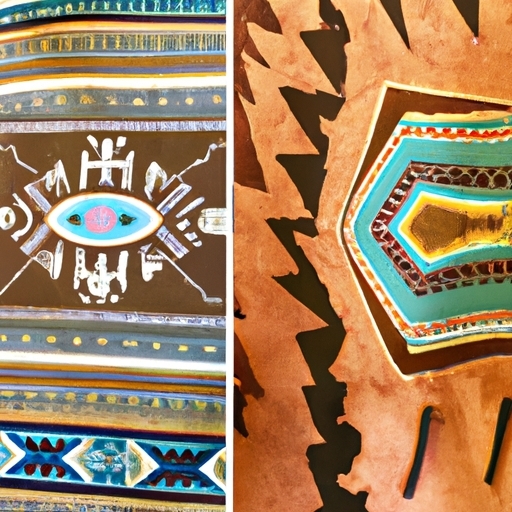
History and significance of Aztec runner rugs
Shaggy carpet options
When considering options for your home, choosing a shaggy carpet can bring numerous benefits. The soft texture and plush feel of a shaggy carpet can instantly elevate the comfort level in any room. **Furthermore**, the long fibers provide added warmth during colder months, creating a cozy atmosphere for you and your family to enjoy.
One of the **least** expected advantages of a shaggy carpet is its ability to absorb sound. The thick pile helps to muffle noise and reduce echoes, making it ideal for homes with high foot traffic or children playing. Additionally, shaggy carpets are available in a wide range of colors and styles, allowing you to customize your space to suit your personal taste.
While some may worry about maintenance, modern shaggy carpets are designed to be easy to clean and maintain. Regular vacuuming and occasional spot cleaning are usually all that is needed to keep your carpet looking fresh and vibrant. **In conclusion**, the benefits of choosing a shaggy carpet for your home far outweigh any potential drawbacks, making it an excellent option for those seeking both style and comfort in their living spaces.